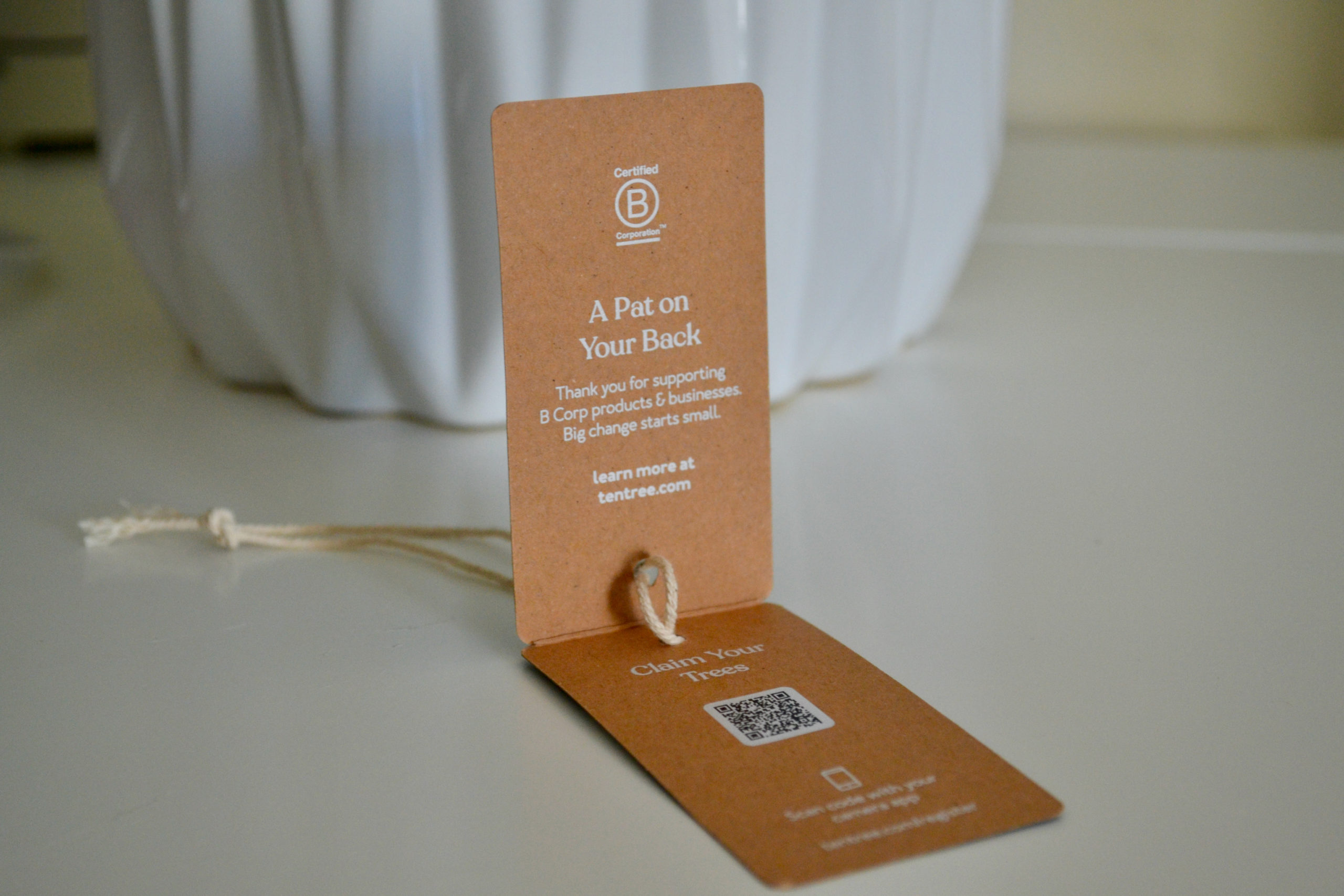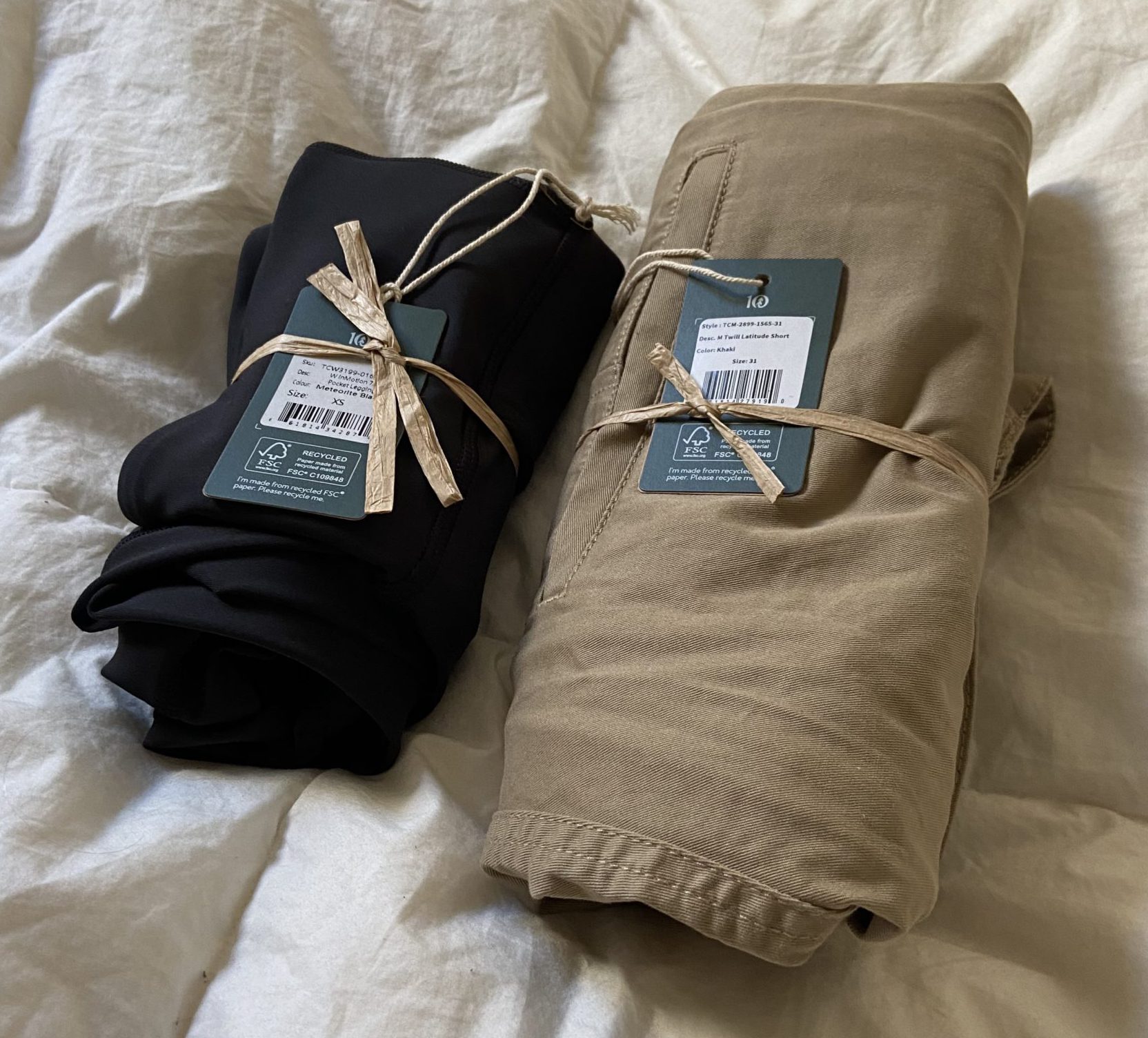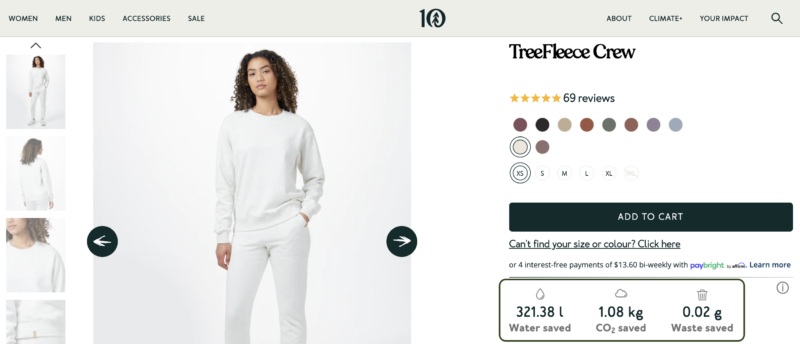Research shows that internet searches for sustainable goods have increased by 71% over the past five years. While this is good news for the planet, it’s also opened the door for businesses to capitalize on this growing market of environmentally-conscious consumers… Without actually delivering on their promise of sustainable goods. This shady practice is known as greenwashing.
What Is Greenwashing?
If you haven’t heard this term before, greenwashing is the process of conveying a false impression or providing misleading information about how a company’s products are more environmentally sound. It’s considered an unsubstantiated claim to deceive consumers into believing that its products are environmentally friendly when they’re not.
This blog highlights the important steps you can take as a consumer to investigate green marketing claims and ensure you’re using your purchasing power to protect the earth and support businesses that truly align with your environmental values.
How To Spot It
Check Certifications
An easy first step in assessing a product or business’s environmental impact is by looking for trustworthy, recognized certifications. Be wary of logos and graphics that companies design themselves to mimic certifications—but are in reality unsubstantiated. Here are a few reputable third party certifications to look out for that you’ll find on our website:
- Certified B Corp
- Certified B Corporations are businesses that meet the highest standards of verified social and environmental performance, accountability, and transparency. To keep our B Corp status, we have to recertify every two years, which keeps us accountable and challenges us to raise the bar as we grow as a company. Learn more about our B Corp status.

- Climate Neutral Certified
- Brands with the Climate Neutral Certification measure and offset all of the emissions it takes to run their business, produce products or services, and deliver them to customers. All certified brands are also working to reduce their carbon footprint. Learn more about Climate Neutral status.
- Cradle to Cradle Certified
- This certification focuses on the safety and circularity of a product’s design and manufacturing using sustainable materials. We’re excited to be adding more products to our Cradle to Cradle Collection this year as we work towards our goals of reaching total circularity by 2025.
Some other notable certifications that have a trustworthy vetting process include:
- Leaping Bunny
- Guarantees beauty and cosmetic products are cruelty-free.
- Fairtrade Certified
- Ensures better prices for farmers, decent working conditions, no child labour, and sound environmental practices.
- 1% For the Planet
- Founded to prevent greenwashing, certify reputable giving, and provide accountability.
Look Out For Deceptive Language and Designs
Be wary of brands that use vague, non-descriptive language in their product descriptions and marketing messages. While we’re commonly led to believe that “natural” automatically means better outcomes for us and the planet, it’s not always the case.
When you do a little digging, you’ll sometimes find that the resources it takes to produce and harvest natural ingredients are, in reality, unsustainable and have devastating effects on the environment. Palm oil is a great example. While it’s natural and safe to use, its production is unsustainable as it continues to be a major driver of deforestation of some of the world’s most biodiverse forests.

In addition to vague language that fails to provide proof of claims, be wary of packaging that’s made to lull you into a false sense of environmental security. Packaging that looks earth-friendly is an easy, visual way to convince consumers a product or brand is doing well by the environment without actually committing to it. Earthy tones and natural textures, images of botanicals, and minimalist designs can all give consumers a sense of concern for the environment.
Though we currently use very little packaging, we know there’s more work to be done. As part of our Earth-First pledge to the planet, we’ve publicly committed to replacing all single-use plastics with sustainable options and eliminating virgin packaging materials from our supply chain by 2023. Solutions like roll packaging shipping from our manufacturers to eliminate polybags and using FSC-certified recycled paper for all inserts are already in play. Read more about our commitment to eliminating excess packaging waste from our supply chain.

Verify the Data
Transparency is key when it comes to establishing trust with a brand. When companies claim to be sustainable and eco-friendly, look for numbers and data that prove this is actually being accomplished.
With help from an environmental group called Greenstep, we analyze our current and upcoming product lines to identify their impact. We compare ourselves against the industry standard and show you the real numbers when it comes to the amount of water, carbon dioxide, and waste we saved making our products. You can find all this information in the tentree Eco-Log, that’s visible on each of our product pages.

We also work to ensure that we’re totally transparent when it comes to our planting initiatives. We’ve been in the tree planting business for a while, and we’ve seen that using traditional tracking methods like remote sensing leaves a lot of room for error and inaccurate data collection. To avoid these common missteps, and ensure every single tree gets planted, we created a platform called veritree. veritree uses blockchain technology to ensure that each step of the tree planting journey is traceable, logged, and can’t be tampered with. Learn more about this revolutionary technology and how we’re making it available to other businesses.
By being proactive as a consumer and making informed, educated decisions about what you’re buying, you can make a real difference for the planet. After all, you have the power to support companies that are already doing their part for the environment, and to discourage those that “go green” just to turn a profit – by taking your business elsewhere.
Keep Reading
Mt. Kilimanjaro: Our Newest Planting Site
By planting ten trees for every item you purchase, it’s our mission to plant 1 billion trees by 2030. Head to our website to learn more and begin your planting journey with 10% off.

